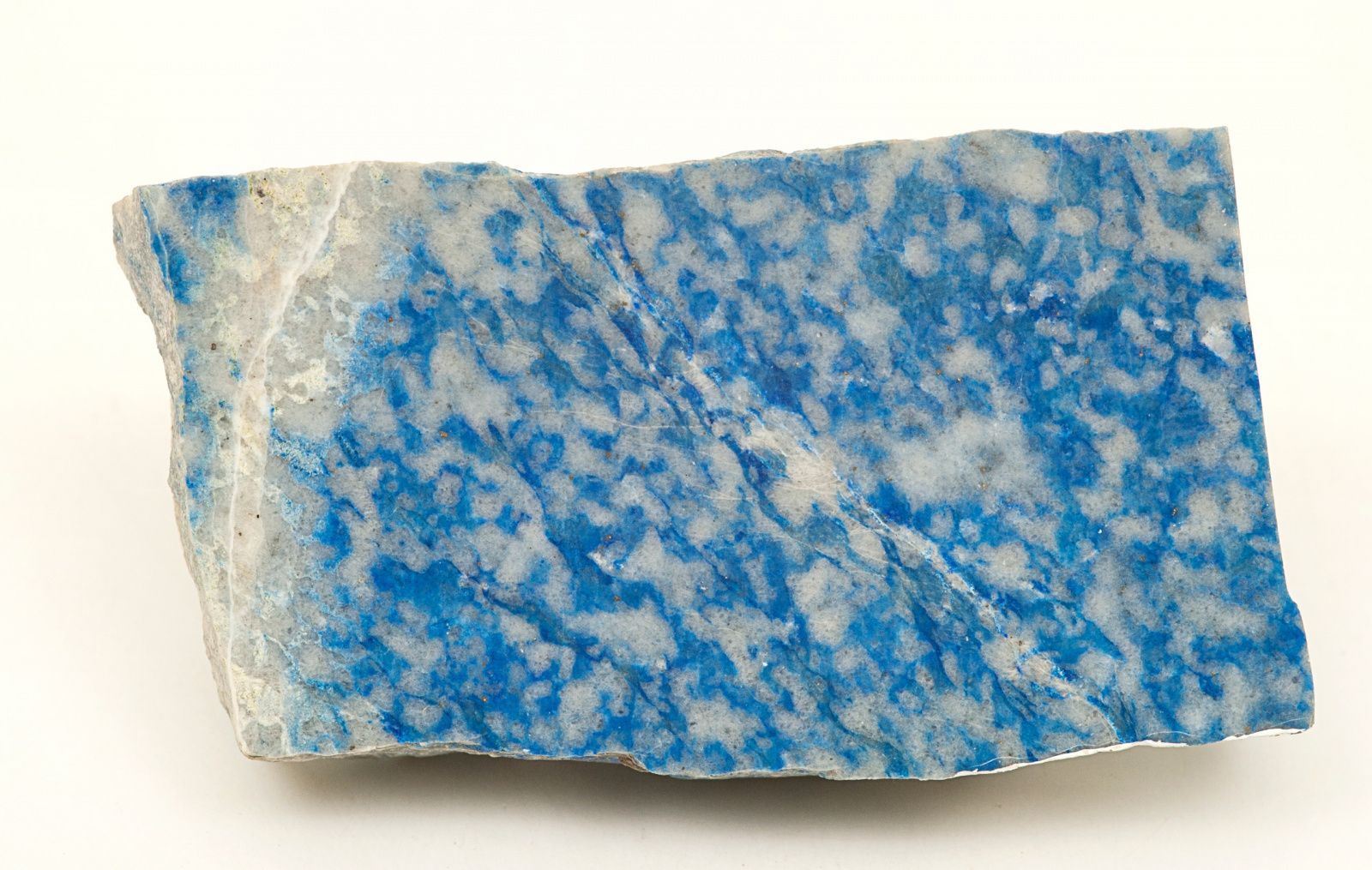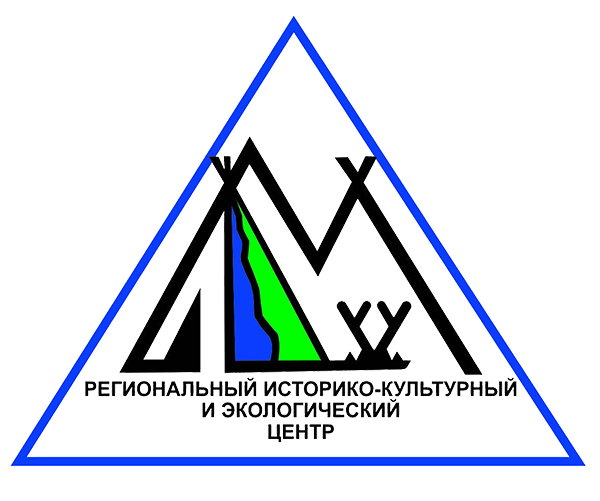Рубрика: Предметы и Факты (+translation) (от 03.11.2022-2)

Название лазурит имеет латинское и персидское происхождение. Латинское слово lapis означает "камень", а слово "лазурит" происходит от персидского слова lazhuward, что означает "синий". На протяжении тысячелетий этот камень ценился не только как драгоценный камень, но и использовался в качестве поделочного и скульптурного материала. Лазуритовые копи в Бадахшане - ближайшей к границе с Туркменистаном области Афганистана - уже за 7000 лет до н. э. были единственными в мире поставщиками минерала. В этих копях откалывали огромные глыбы мрамора с включенными в него скоплениями кристаллов лазурита. Приближение к лазуритовым копям в прошлые века каралось смертной казнью, а сами горняки были прикованы к стенам шахт цепями. Лазурит считался священным камнем, и владеть им имел право только сам эмир.
В средние века этот камень назывался сапфиром и считался камнем Девы Марии в ранней христианской традиции. Ученые сходятся во мнении, что упоминание сапфира в "Ветхом Завете" на самом деле относится к лазуриту. В одном из древнейших литературных произведений, "Эпосе о Гильгамеше", написанном в 17-18 веке, этот драгоценный камень упоминается много раз. Плиний Старший упоминает лазурит как "непрозрачный и усыпанный крапинками золота". В старой еврейской традиции этот камень был символом успеха.
Сам камень обычно бывает трех видов: Персидский ляпис, русский или сибирский ляпис и чилийский ляпис. Персидский ляпис: Этот драгоценный камень является самым лучшим среди всех лазуритов. Он имеет ровный, темный, фиолетово-синий оттенок с небольшим количеством или полным отсутствием пиритовых вкраплений или кальцитовых прожилок. Цвет очень интенсивный, поэтому камень довольно трудно приобрести. Эта разновидность драгоценных камней родом из Афганистана. Русский или сибирский ляпис: Этот вид камня имеет достойное качество. Интенсивность основного синего цвета варьируется в разных камнях, в нем присутствует золотистый пирит. Чилийский ляпис: считается наименее ценной разновидностью лазурита. Он имеет кальциевые прожилки, разбросанные по всему камню, а также зеленые пятна. Наш был куплен в Урале в 1990 году.
#Лазурит #Камень
The name lapis lazuli is of Latin and Persian origin. The Latin word lapis means "stone" and the word "lazurite" comes from the Persian word lazhuward, which means "blue. For thousands of years it has been prized not only as a gem, but also as an ornamental and sculptural stone. Lapis lazuli mines in Badakhshan, the region of Afghanistan nearest to the border with Turkmenistan, were the world's sole suppliers of the mineral as early as 7,000 years B.C. The mines were chiseled in the stone itself. Large blocks of marble with lazurite crystal clusters embedded in it were mined in these mines. Approaching lapis lazuli mines in the past centuries was punished by death, and the miners themselves were chained to the walls of the mines. Lapis lazuli was considered a sacred stone, and only the Emir himself had the right to possess it.
In the Middle Ages it was called sapphire and was considered the birthstone of the Virgin Mary in early Christian tradition. Scholars agree that the reference to sapphire in the Old Testament actually refers to lapis lazuli. One of the oldest literary works, the Epic of Gilgamesh, written in the 17th and 18th centuries, mentions this gemstone many times. Pliny the Elder mentions lapis lazuli as being "opaque and studded with specks of gold. In the old Jewish tradition this stone was a symbol of success.
The stone itself is usually of three kinds: Persian lapis, Russian or Siberian lapis, and Chilean lapis. Persian lapis: This gemstone is the best of all the lapis lazuli. It has an even, dark, purple-blue hue with little or no pyrite flecks or calcite veins. The color is very intense, which makes it very hard to buy. This variety of gemstone is native to Afghanistan. Russian or Siberian lapis: This variety of stone is of very high quality. The intensity of the basic blue color varies from stone to stone and has golden pyrite in it. Chilean lapis: This is considered the least valuable variety of lapis lazuli. It has calcium veins scattered all over the stone, as well as green spots. Ours was bought in the Ural in 1990.
В средние века этот камень назывался сапфиром и считался камнем Девы Марии в ранней христианской традиции. Ученые сходятся во мнении, что упоминание сапфира в "Ветхом Завете" на самом деле относится к лазуриту. В одном из древнейших литературных произведений, "Эпосе о Гильгамеше", написанном в 17-18 веке, этот драгоценный камень упоминается много раз. Плиний Старший упоминает лазурит как "непрозрачный и усыпанный крапинками золота". В старой еврейской традиции этот камень был символом успеха.
Сам камень обычно бывает трех видов: Персидский ляпис, русский или сибирский ляпис и чилийский ляпис. Персидский ляпис: Этот драгоценный камень является самым лучшим среди всех лазуритов. Он имеет ровный, темный, фиолетово-синий оттенок с небольшим количеством или полным отсутствием пиритовых вкраплений или кальцитовых прожилок. Цвет очень интенсивный, поэтому камень довольно трудно приобрести. Эта разновидность драгоценных камней родом из Афганистана. Русский или сибирский ляпис: Этот вид камня имеет достойное качество. Интенсивность основного синего цвета варьируется в разных камнях, в нем присутствует золотистый пирит. Чилийский ляпис: считается наименее ценной разновидностью лазурита. Он имеет кальциевые прожилки, разбросанные по всему камню, а также зеленые пятна. Наш был куплен в Урале в 1990 году.
#Лазурит #Камень
The name lapis lazuli is of Latin and Persian origin. The Latin word lapis means "stone" and the word "lazurite" comes from the Persian word lazhuward, which means "blue. For thousands of years it has been prized not only as a gem, but also as an ornamental and sculptural stone. Lapis lazuli mines in Badakhshan, the region of Afghanistan nearest to the border with Turkmenistan, were the world's sole suppliers of the mineral as early as 7,000 years B.C. The mines were chiseled in the stone itself. Large blocks of marble with lazurite crystal clusters embedded in it were mined in these mines. Approaching lapis lazuli mines in the past centuries was punished by death, and the miners themselves were chained to the walls of the mines. Lapis lazuli was considered a sacred stone, and only the Emir himself had the right to possess it.
In the Middle Ages it was called sapphire and was considered the birthstone of the Virgin Mary in early Christian tradition. Scholars agree that the reference to sapphire in the Old Testament actually refers to lapis lazuli. One of the oldest literary works, the Epic of Gilgamesh, written in the 17th and 18th centuries, mentions this gemstone many times. Pliny the Elder mentions lapis lazuli as being "opaque and studded with specks of gold. In the old Jewish tradition this stone was a symbol of success.
The stone itself is usually of three kinds: Persian lapis, Russian or Siberian lapis, and Chilean lapis. Persian lapis: This gemstone is the best of all the lapis lazuli. It has an even, dark, purple-blue hue with little or no pyrite flecks or calcite veins. The color is very intense, which makes it very hard to buy. This variety of gemstone is native to Afghanistan. Russian or Siberian lapis: This variety of stone is of very high quality. The intensity of the basic blue color varies from stone to stone and has golden pyrite in it. Chilean lapis: This is considered the least valuable variety of lapis lazuli. It has calcium veins scattered all over the stone, as well as green spots. Ours was bought in the Ural in 1990.
